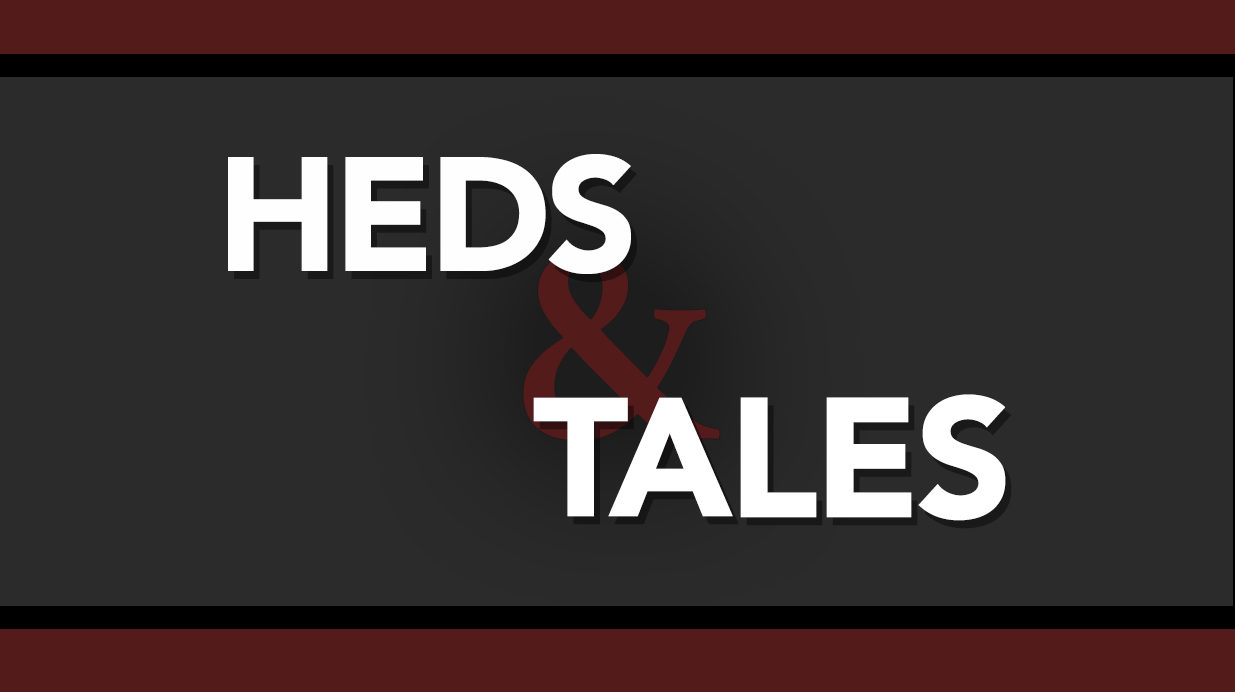
Hed: (n) Newsroom jargon for headlines
Headlines are tricky. They have to grab flighty readers’ attention, tell a story, and hopefully even squeeze in a witticism. The smallest choices affect readers’ first impressions and, sometimes, their only take on the story. Once a week, we analyze the different ways news outlets present the same story.
The Tale
It’s the heist of the century: A crew of thieves broke into Berlin’s Bode Museum around 3:30 a.m. on Monday and made off with the massive “Big Maple Leaf” coin, a point of pride for the Bode Museum and patriotic Canadians who happen to like massive coins. Gold industry observers estimate its market value at $4.5 million U.S., which makes sense since it’s a three centimetre-thick, 53 centimetre-wide solid gold coin issued by the Royal Canadian Mint. On top of that, it features a stately portrait of the Queen on one side and, naturally, our iconic maple leaf on the other. It was displayed at the Bode on loan from a private collector since 2010 as one of the only six coins minted in 2007.
The Bode Museum houses one of the world’s largest, most prestigious coin collections. According to police, the thieves used a ladder to climb in through a window, then shattered a bulletproof glass case and hauled out the loot using a wheelbarrow.
The Heds
“Massive ‘Big Maple Leaf’ gold coin worth millions stolen from German museum” (Toronto Star)
“Thieves Steal World’s Biggest Gold Coin Worth Millions” (Fortune)
“Giant gold coin with Queen’s head stolen from Berlin museum” (The Guardian)
The Take
Here’s an interesting trifecta of interpretations taken on this scandalous story. We’ve got the proud sense of outrage from the Star’s patriotic headline, the sensationalist story of the “world’s biggest coin worth millions” from Fortune, and the imperial perspective of The Guardian’s Queen-centric headline.
As an unrelenting force in Canadian media, the Star immediately appealed to the story’s importance to Canada by name-dropping the “Big Maple Leaf.” Since these large-scale, grand theft stories don’t come often, Fortune took the chance to use a more seductive headline that emphasizes the coin’s worth. But the name of the coin isn’t mentioned, the Canadian connection isn’t mentioned, and we don’t even know where it was stolen from unless we open the article. The title works to catch a reader’s eye, though.
Finally, we have the British connection, which honestly seems like the least important part of the story, but The Guardian pounced on it with its headline. No mention of Canada, no mention of worth, just the location and “Queen’s head.” Where the Star decided to pay homage to Canada, The Guardian brought it back to Britain.
The RRJ may be biased, but the Star’s Canada-first headline is the most accurate, gets to the point quickly, says exactly what was stolen, emphasizes its value, and says where it happened. It lacks the “who”—we’d all like to know who the thieves are—but we get a better idea of the “what” and ‘‘where’’ than the other two headlines.